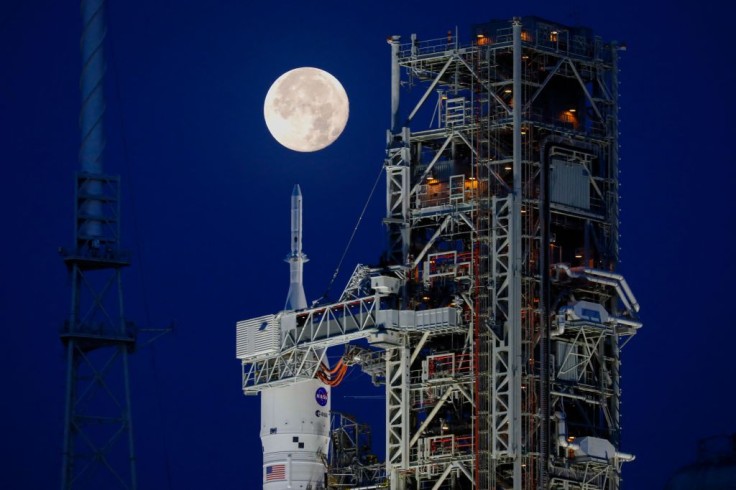
September will be a very exciting month for all the astronomy enthusiasts, that's for sure.
From a full moon to visible planets and constellations, this month's sky will be filled with mystery and surprise!
Harvest Moon
The term "Harvest Moon," which refers to the full moon closest to the autumnal equinox, alludes to September as the start of the harvest season in the Northern Hemisphere.
Meanwhile, September in the Southern Hemisphere is in the spring, with days getting warmer, according to Space.com.
When Does This Year's Harvest Moon Occur?
This month's Harvest Moon will be full at 5:59 a.m. ET on Sept. 10., according to the U.S. Naval Observatory.
The official full moon will be visible from New York City right before it sets at 6:29 a.m. ET and rose at 7:45 ET that evening.
What Can You Expect in September Full Moon
The moon will appear higher in the sky to observers in mid-northern latitudes than it does during the summer. It will be 40 degrees above the southeast horizon from New York City at exactly midnight.
Space.com noted that the moon appears to rise higher in the sky as the year goes on (for viewers in the Northern Hemisphere), while the sun descends lower at noon local time. In the Southern Hemisphere, the opposite occurs.
Close Pass to Saturn
The moon will approach near to Saturn on Sept. 8; at 6:31 a.m. ET. In other words, the two will be in conjunction, or have the same celestial longitude. Once sunset arrives, the pair is once again visible (which is at 7:16 p.m. ET)
The actual conjunction, which takes place just before the moon sets, will be visible in the Pacific time zone and points west, according to a separate report by Space.com.
Other Planets Can be Visible
Other planets aren't visible until much later on Sept. 10, the night of the full moon itself.
For instance, Venus rises at 5:36 a.m. ET in New York. Sept. 11. The planet will be hard to observe despite its brightness because the rise is expected to rise at 6:32 a.m. ET.
The sun's glare obscures Mercury, which rises during the day (at 8:26 a.m. ET) and sets at 7:40 p.m. ET.
Mars appears to rise around 10:56 p.m. ET when in New York City.
Visible Constellations
As previously mentioned, you can expect to see constellations this month.
Early in the evening, per Space.com, Scorpius and Sagittarius will be in the south, and the Summer Triangle asterism (or star pattern) will still be visible at the zenith.
The summer stars will set and the fall stars will rise throughout the night of Sept. 10; by midnight, Scorpius and Sagittarius will have set and the Summer Triangle will be visible above the southwest horizon.
On the other hand, Andromeda, the whale Cetus, and Pegasus, the winged horse, are all seen high in the southern sky.









